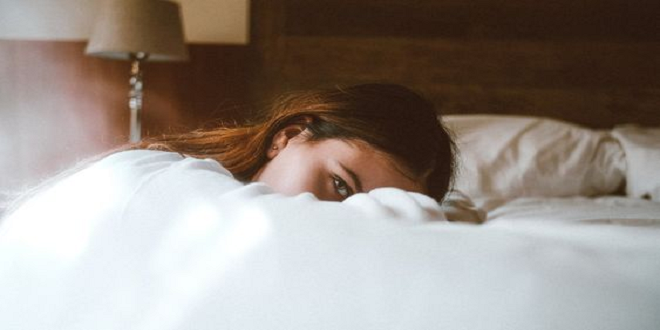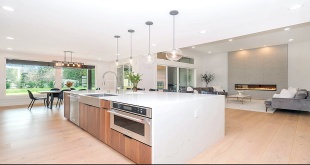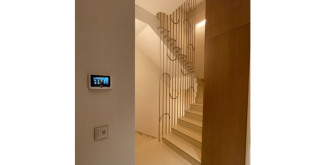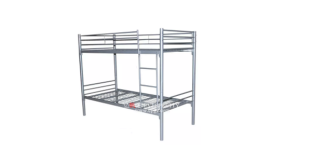You may have observed how you feel more at ease when rooms are thoughtfully planned, and how you feel disturbed when a room is in poor condition or poorly constructed. This is because the quality of our living settings has an impact on our health and well-being.
Everything from the color of the walls to the quantity of clutter in the home may have a significant impact on mental health. With this in mind, we’ve compiled a list of seven ways interior design can be utilized to alleviate tension and create a relaxing environment.
Include Biophilic Design.
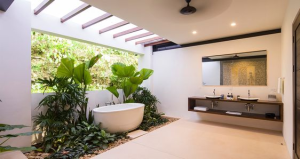
There’s a reason why plant-filled homes are so popular on Instagram: whether we realize it or not, the biophilic architecture makes us feel better. It’s a habit that extends back thousands of years, as evidenced by Egyptian tomb paintings and the Pompei ruins.
According to a 2009 study, places devoid of nature have a negative impact, and indoor plants have the capacity to relieve stress and even health concerns.
A more recent study found that interacting with indoor plants might lower physiological and psychological stress – evidence that you should fill your house with greenery.
Right Lighting Condition
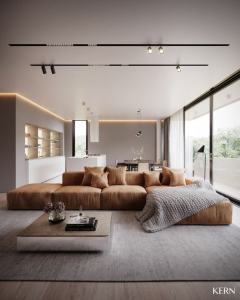
Lighting is one of the most reassuring aspects of a house.
Comfort requires the capacity to blend room lighting, natural light, and ambient lighting to match the mood or activity. This can be accomplished by layering or shading natural light, accentuating a location with room lighting, or providing ambient and task illumination as required.
Our homes are increasingly becoming work environments, and we must swiftly switch between intense work, collaborative zoom calls, and intervals of leisure, relief, and rejuvenation. When we enter a space, lighting generates energy and, as a building block of life, it indicates our attitude and expectations.
Embrace Natural Colors And Textures
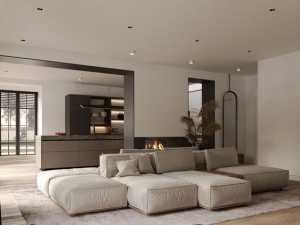
Colors have a profound influence on humans; nevertheless, everyone reacts differently to different colors. Red may be furious and loud for some, but it can be calming and warm for others. To soothe your anxieties, go for a subtle blush instead of vivid colors.
According to science, specific colors should be utilized in our houses since they assist us to calm down, relax, and accomplish better work. Those colors are not overly saturated and are quite light. We propose sage greens and hazy blues for your walls, with lots of white mixed throughout to reduce saturation. But, more crucially, choose hues that speak to you.
Embrace Minimalism
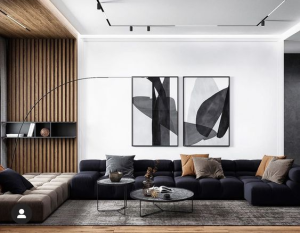
Take the Goldilocks method to decorating your home: Make a room that is neither too cluttered nor too barren. The idea of stimulation threshold maintains that too much or too little stimulation causes stres. In other words, your unfinished, unpainted bedroom may elicit the same stress reaction as your cluttered home office.
Having less clutter around is essential for establishing a peaceful environment. Princeton University conducted research on the consequences of clutter in our daily life at home and at work and discovered that a crowded environment causes your brain to multitask and work extra. Remember that little is more.
Integrate Safety And Security
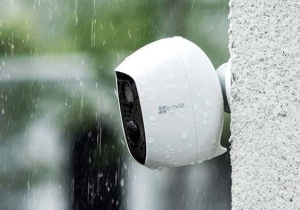
What renters desire is changing: instead of a pool and sauna, residents now want isolation, such as a private elevator and better security measures, to minimize tension at home.
Premium will now be characterized by safety and security, which designers are seeking to incorporate into luxury dwellings. Germ-resistant worktops and flooring, improved technology and energy efficiency, smart toilets, touch-free appliances and water, more food and water storage, and a better-equipped kitchen for essential, higher-volume cooking are now top requests.
Open Spaces
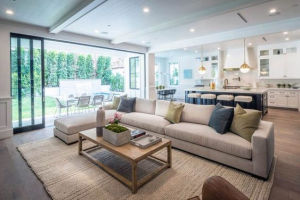
Anxiety is triggered by a sense of claustrophobia. In such a case, it is advised to create an open and breezy area as many modern kitchen brands are opting for. Always ensure that there is enough space between furniture pieces to create a pleasant setting. However, decorating every area of the space would appear awkward. Decorate your space with some aesthetically interesting décor pieces.
Get rid of everything that no longer serves a role in your life. Sorting and decluttering them will gradually reduce your stress level.
Acoustic Comfort
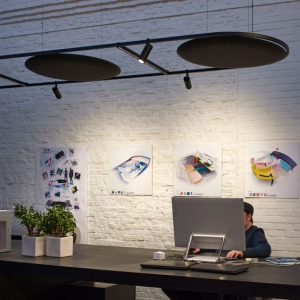
Acoustic comfort refers to establishing a conversation-friendly environment free of annoying echoes and reverberation. To relieve anxiety, you must build a calm sanctuary that will transform your constructed environment into a relaxing haven. Music is another part of acoustic comfort that may help promote well-being and create a happy mood.
Conclusion
Such tips can help you refresh your mind, channel a good mentality, and make your house a happier place to live. As a result, choosing a minor variance in home style can ease stress and its accompanying symptoms.
 Pagalsogns.me
Pagalsogns.me
